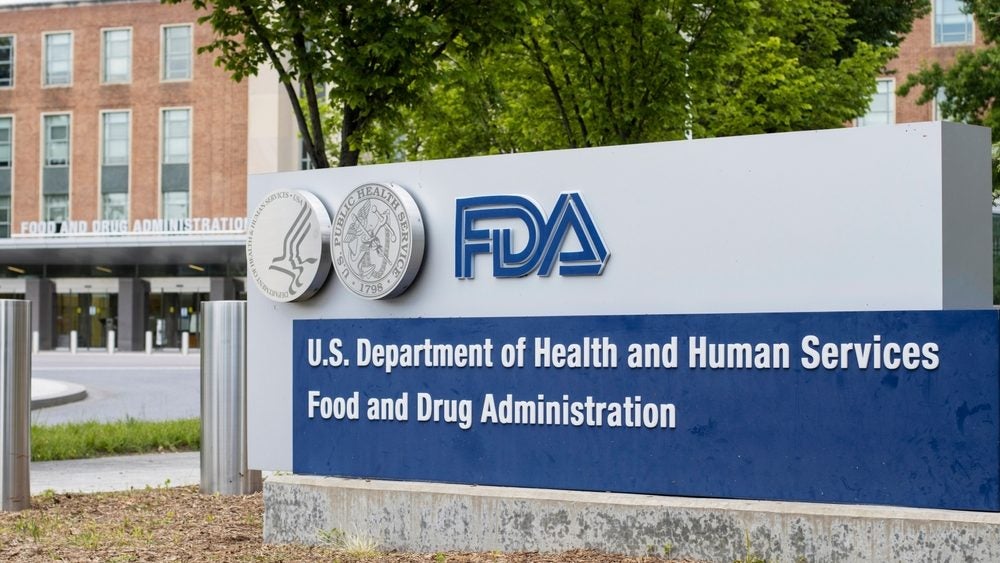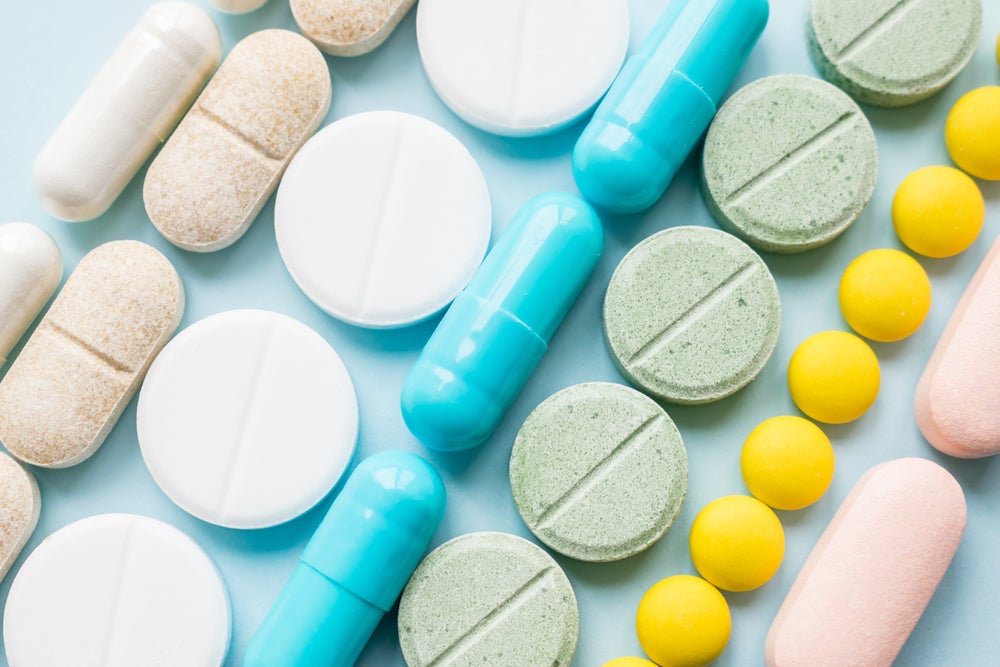Flawed reimbursement dynamics are significantly hurting recent antibiotic sales, which are failing market projections, and similar repercussions are expected for upcoming launches.
While discussions around implementing alternative payment models for these drugs are active, efforts to alleviate price pressures are unlikely to materialise soon.
Antibiotics 2019
As recently as 15 April, Achaogen announced that it had filed for bankruptcy. The difficult reimbursement trend has been particularly amplified in recent years due to increased efforts to conserve and preserve the use of novel antibiotics through stewardship programmes, and the availability of cheaper generics which hospitals prefer over more expensive novel ones.
Experts anticipate that upcoming antibiotics in development will face similar challenges leading to lower than expected sales for manufacturers and subsequent loss of market capitalisation unless companies and buyers pursue alternative payment models or follow success in the antifungal space. Some companies with Phase III trials or approvals in the next 12 months include Iterum Therapeutics, Spero Therapeutics, Nabriva Therapeutics and Tetraphase Pharmaceuticals.
Casualties of the current system
There has been an increased push for stewardship programmes in hospitals that advocate conservation of potent novel antibiotics, said experts.
This has increased over the last five years due to the growing problem of antibiotic resistance, said Kevin Outterson, professor of Law at Boston University, US, and the executive director of Combating Antibiotic-Resistant Bacteria Biopharmaceutical Accelerator (CARB-X).
How well do you really know your competitors?
Access the most comprehensive Company Profiles on the market, powered by GlobalData. Save hours of research. Gain competitive edge.

Thank you!
Your download email will arrive shortly
Not ready to buy yet? Download a free sample
We are confident about the unique quality of our Company Profiles. However, we want you to make the most beneficial decision for your business, so we offer a free sample that you can download by submitting the below form
By GlobalDataHe and other experts emphasised the need for such stewardship programmes, but that along with a genericised market, especially for gram-negative infections, has led to lower antibiotics sales, which also threaten the outlook for future antibiotics.
According to GlobalData figures, the top-selling anti-infective drugs in 2017 that had been approved since January 2014 are Astellas Pharma’s Cresemba (isavuconazonium sulfate) making $90 million and Allergan’s Avycaz (avibactam sodium/ceftazidime) which made $61 million in 2017. Allergan’s Dalvance (dalbavancin) made $56 million, Almirall’s Acticlate (doxycycline hyclate) and Otonomy’s Otiprio (ciprofloxacin) made a mere $8 million and $1 million in 2017, respectively.
There has been a negative impact of current reimbursement dynamics on the market caps of antibiotic manufacturers despite approval by the US Food and Drug Administration (FDA), said Outterson, pointing to Achaogen and Melinta Therapeutics.
The total sales for Achaogen’s Zemdri (plazomicin) in 2018 have been less than $1 million, and the company’s stock price has also been hammered in the last few months, he said. Achaogen’s stock has dropped by approximately 94% since 26 June 2018, the date Zemdri received FDA approval to treat complicated urinary tract infections. Prior to the approval, analyst peak sales projections were as high as $500 million.
Dr David Shlaes, president of Anti-Infectives Consulting in Norwich, Connecticut, US, pointed to hospitals not stocking Avycaz – even though it has been proven to be a superior antibiotic with lower mortality – due to its high cost compared to generics.
Avycaz costs approximately $8,000 for a 10-day course. The drug was approved to treat complicated urinary tract infections (cUTIs) and complicated intra-abdominal infections (cIAIs) in combination with metronidazole in February 2015, when it was estimated to yield $360 million in 2024, according to a report from November that year. But now GlobalData estimates peg them at a lower $140 million in 2024, with actual 2018 global sales only reaching $94.6 million, according to Allergan’s fourth quarter report for 2018.
Currently, experts said Medicare and private buyers reimburse antibiotics as a part of a bundled payment for in-patient treatments under Diagnosis Related Groups (DRG) payments. Under a DRG, a hospital would get a fixed amount, around $15,000-20,000 per patient, which covers all ancillary costs including drugs except physician costs, said Outterson. If novel antibiotics of around $10,000 are to be used, then hospitals will likely lose money on the patient, he added.
Furthermore, new antibiotics, including novel ones, require prior authorisation from infectious disease pharmacists, said Dr Amesh Adalja, senior scholar at Johns Hopkins University Center for Health Security in Baltimore, Maryland, US. Prior authorisation means extra paperwork to insurance companies a physician must complete requesting patient drug access.
Even in cases where the US Centers for Medicare and Medicaid Services (CMS) has granted a new technology add-on payment (NTAP), which allows hospitals to get up to 50% of the drug cost, like with Merck’s Dificid (fidaxomicin), the uptake after launch was quite slow, said Peter Bak PhD, vice-president of Back Bay Life Sciences Advisor. Dificid was approved in May 2011 to treat Clostridium difficile-associated diarrhoea. Due to its cost, it did not do as well as expected, especially since there were cheaper- though less effective – generics available, he added. When approved, its peak sales were expected to be $250 million, according to an analyst report, while its sales were $190 million in 2018.
Allergan, Achaogen and Merck did not respond to a request for comment.
Considering these circumstances, all experts interviewed for this report expect any upcoming antibiotics to face the same set of reimbursement challenges. Radical reform in the reimbursement system may not be possible in the near term, but if the system is not fixed soon, the field may lose its ability to have an adequate pipeline of antibiotics, said Outterson.
An FDA approval decision is expected for Nabriva’s lefamulin and Tetraphase’s Xerava (eravacycline) in 2H19, which are projected to yield $265 million and $206 million in respective sales by 2024, according to GlobalData.
Phase III pivotal data is expected from Spero’s SPR994 and Iterum’s sulopenem, both oral penems, in second-half of 2019, and 2024 sales for these drugs are pitted at $375 million and $307 million, respectively.
However, Bak pointed to one exception – Cresemba. This was the highest selling anti-infective drug in 2017, according to GlobalData. Its reimbursement economics are different compared to other anti-infectives, he said. It is usually used in severely immunosuppressed patients like transplant or oncology patients with fungal infections where reimbursements are comparatively more generous, said Bak.
Cresemba sales touched $61 million in 2017. It was approved to treat invasive aspergillosis and invasive mucormycosis in 2015. Companies with antibiotics for gram-negative bacteria could look at the anti-fungal space where reimbursement dynamics are somewhat different, to strategise their launches, he added.
Attractiveness of alternative payment models
While there are several alternative payment models proposed to delink payments from the volume of antibiotics used, most are just in the discussion phase, said Joanna Buckle, principal and consulting actuary for Milliman in London, UK.
The UK has proposed a pilot programme to study the potential of such a programme in the second quarter of 2019 that explores an alternative payment model for antibiotics, said Colin Garner PhD, founder Antibiotic Research UK. The pilot project, which will include marketed and upcoming antibiotics, is trying to reimburse companies based on their value to society, he explained. However, this pilot project on its own will not be adequate and in order to successfully combat this issue, such models will have to be adopted in other countries as well, Garner added.
A bill may need to be introduced in the US Congress to modify CMS reimbursements for antibiotics, said Outterson. However, Bak and Adalja said it would be difficult to get all the stakeholders on the same page to allow for such a bill to pass.
Furthermore, it’s not clear if a legislative measure will be required, but pharmaceutical companies may be able to negotiate with buyers on an individual basis, said Adalja. There have been alternate models proposed; a ‘Netflix-like’ subscription model, for example, has been proposed with Gilead Sciences’ hepatitis C drugs wherein the state would pay Gilead for unlimited access to the drugs for patients under Medicaid or in the state correctional systems, said Adalja. While the challenge in that instance is the high cost, it has allowed reimbursement by Medicaid to allow access, said Adalja.
by Manasi Vaidya in New York
Manasi Vaidya is a Senior Reporter for Pharmaceutical Technology parent company GlobalData’s investigative journalism team. A version of this article originally appeared on the Insights module of GlobalData’s Pharmaceutical Intelligence Center. To access more articles like this, visit GlobalData.










Related Company Profiles
Iterum Therapeutics Plc
Gilead Sciences Inc
Milliman LLP
Boston University
Tetraphase Pharmaceuticals Inc